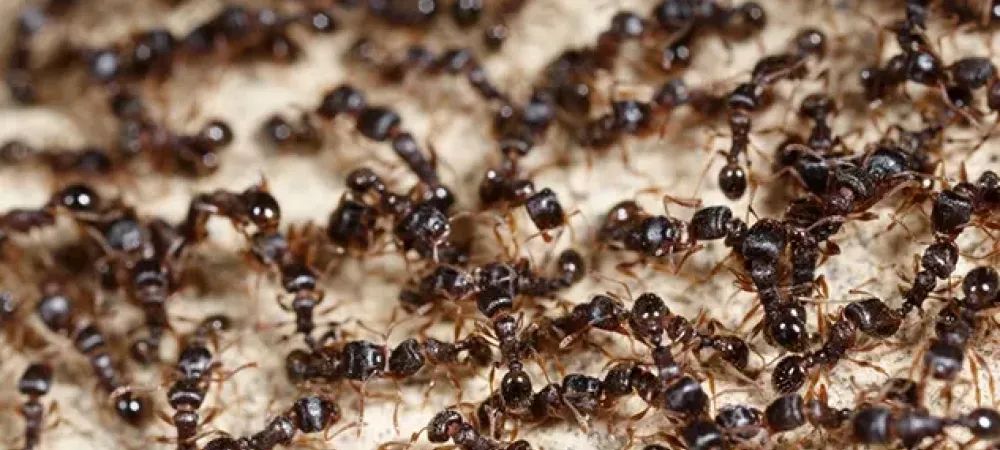How to Prepare for Ant Season

Gearing up for a spring picnic? Just be careful when you pack your basket of goodies so that you don’t bring unexpected “tag-alongs” with you. (And no, we’re not referring to the Girl Scout cookies.)
Preparing For Ant Season - When Is Ant Season?
As the weather starts to warm up in the spring, ants begin to wake from hibernation and become more active, and they’ve got one thing on their minds: food. So follow our tips to prepare for ant season and keep these pesky critters from ruining your picnics, and all the rest of your spring festivities.
Understanding Ant Infestations:
As the old saying goes, knowledge is power, and a major part of defeating ants is knowing exactly what it is you’re up against. This begins by differentiating between species and studying their behavior.
But you don’t need to major in myrmecology to be able to distinguish one ant from another. A basic recognition of their differing appearances can be incredibly helpful.
Odorous house ants (or sugar ants as they’re more informally known), are one of the major sugar-seeking culprits, and tend to be one of the first pests to show up in the spring. These ants are tiny, measuring about an eighth of an inch or smaller, and are dark brown to black in color.
Pavement ants, on the other hand, are brownish-black in color and measure about one-tenth of an inch. They are known for setting up their colonies near driveways and patios, sending unwelcome ant search parties into your home seeking food. These ants commonly feed off of meat, grease, or even other insects. Keep a watchful eye out for these pesky creatures, as they can bite or even sting if provoked.
Carpenter ants are aptly-named after their wood-eating habit, and are usually reddish-black in color and measure about 5/8 inches long. They tend to seek out protein rather than sugar, eating through wood to create nesting locations for their colonies.
Although ant species can vary, the common link between them is their drive for food. This is their prime reason for invading homes, and why they are most often found in or around kitchens.
If you’ve already begun to see ants around your property, you’ll want to start by locating the source of where they’re coming from.
Begin by doing a thorough inspection, both inside and outside your home, noting any places where you see ant trails, particularly if they're carrying food, and follow them to the entrance of their nest site. Mark any entrances you see for easier treatment later on.
Ant Prevention:
The best way to prevent an ant infestation is to clean your home, as clearing away any clutter will turn up any colonies that may be hiding out of sight. Pay close attention to your kitchen, which is the ant hot-spot, making sure to seal food tightly and keep all surfaces clean.
You’ll also want to seal off or caulk all entry points, including small cracks in your walls or under windows, preventing easy entrance of these bothersome pests.
Don't let unwanted pests compromise your comfort and safety another day. With over 52 years of family-owned expertise, Suburban Pest Control offers fast, discreet solutions tailored to your needs. Our dedicated team of professionals stands ready to eliminate your pest problems while upholding our core values of integrity, teamwork, and exceptional service. Contact us today for a consultation and experience the peace of mind that comes with entrusting your home or business to a company that has been protecting our community since 1974.
